In non-seasonally adjusted terms, Japan’s exports slumped -26.2% yoy to JPY 4.86T in June. Imports dropped -14.4% yoy to JPY 5.13T. Trade deficit came in at JPY -269B. In seasonally adjusted terms, exports rose 1.4% mom in June while exports dropped -1.8% mom. Trade deficit narrowed to JPY -424B from May’s JPY 585B.
Looking at some details, exports to US dropped -46.6% yoy. Exports to EU dropped -28.4% yoy. Exports to China, though, was largely unchanged and dropped only -0.2% yoy.
The set of data suggests that exports would remain weak in Q3, as coronavirus pandemic carries on. Weak external demand could drag the Japanese economy into a more prolonged and deeper recession. BoJ Governor Haruhiko Kuroda said last week that the economic would continue to improve gradually in H2. But as he said, risks are clearly skewed to the downside for the export-led economy.




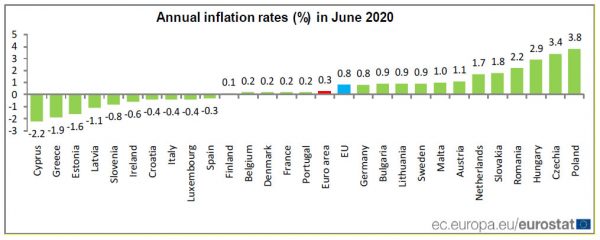
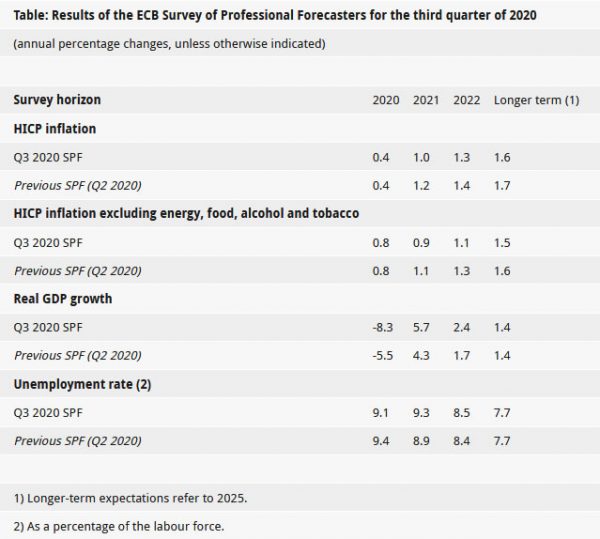
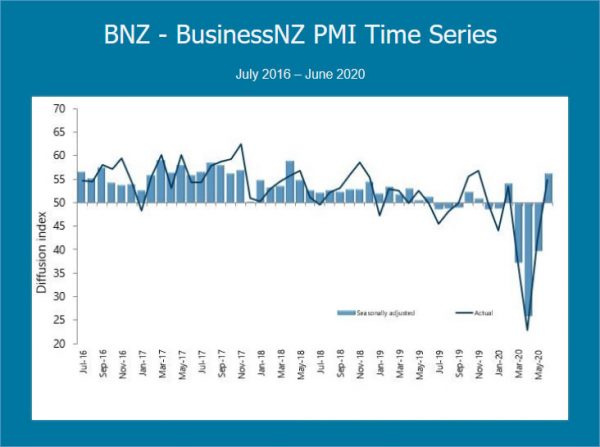
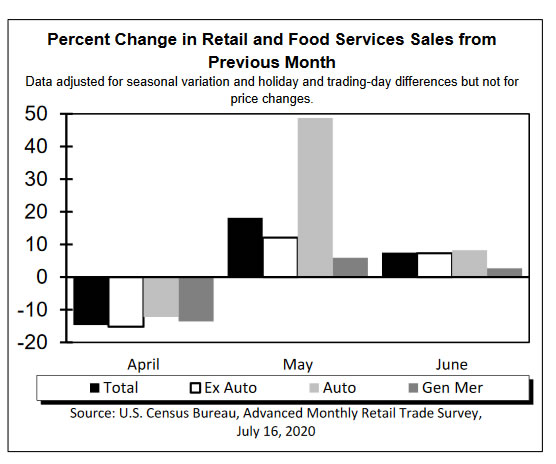
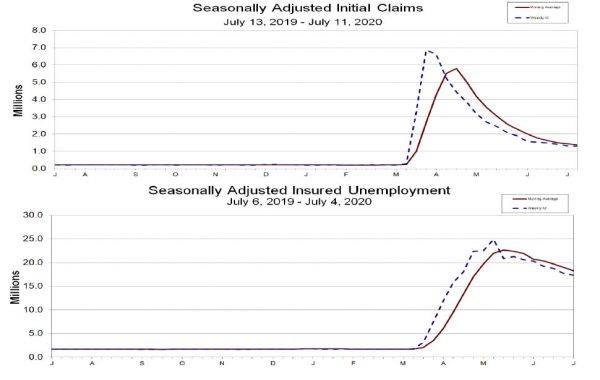

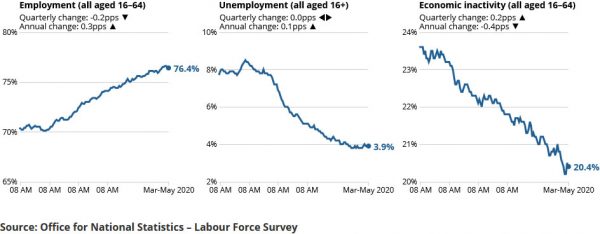
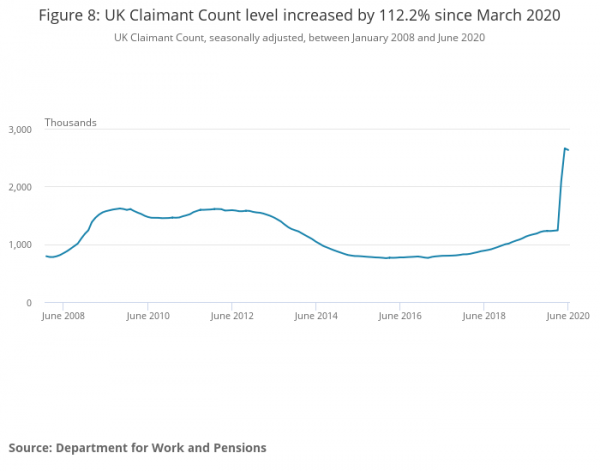
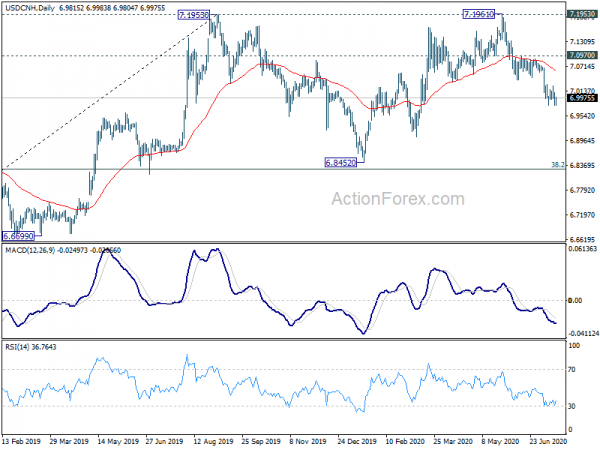
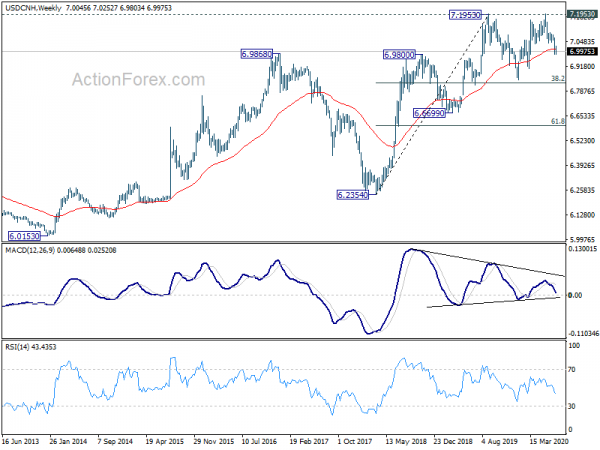
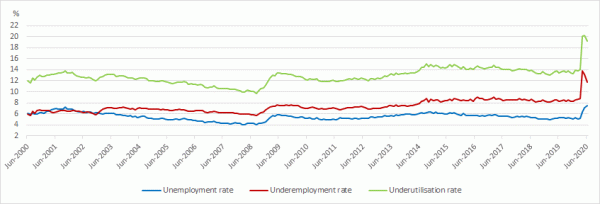
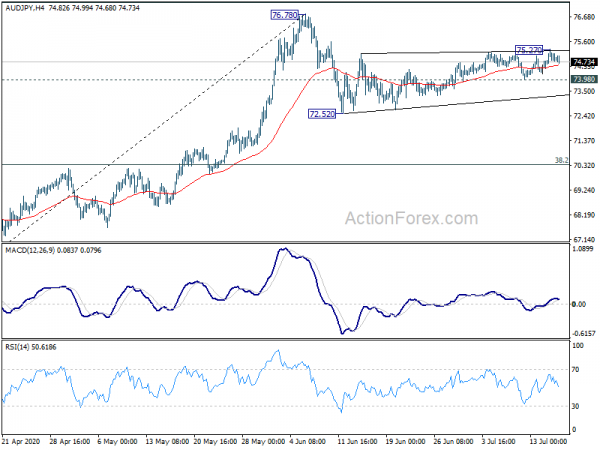
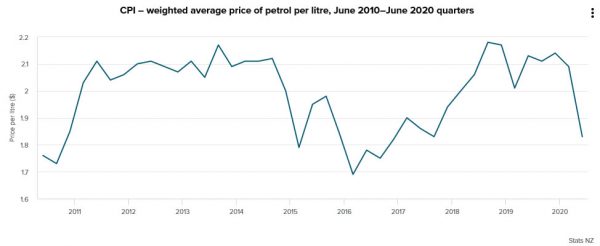
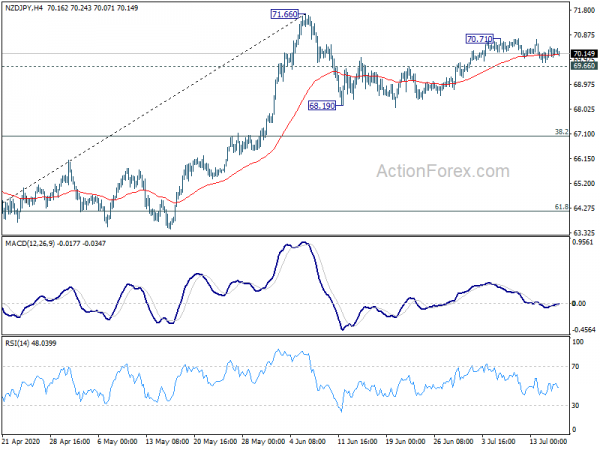
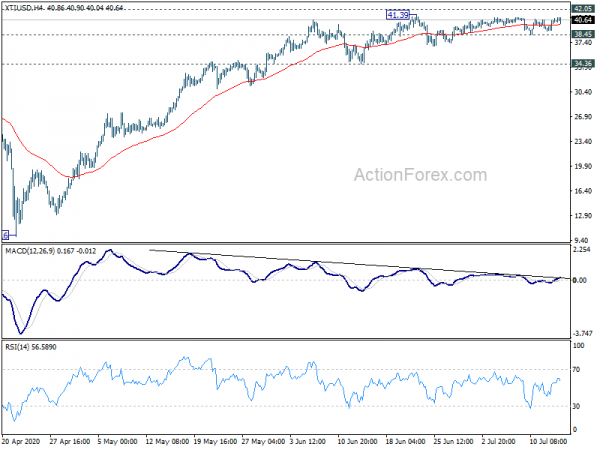
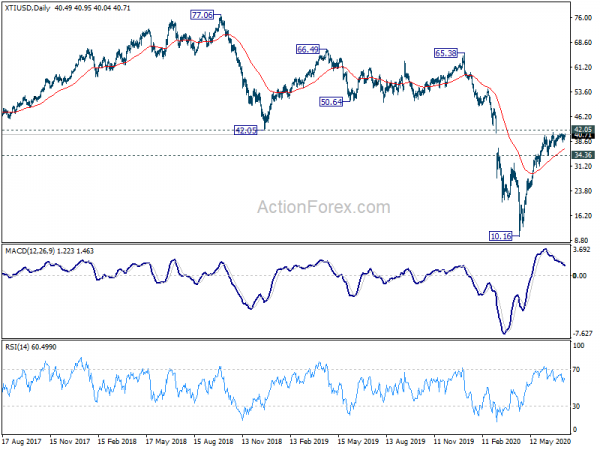

ECB de Guindos: Drop in Q2 GDP better than expected
ECB Vice President Luis de Guindos said “high frequency data, most recent data that the ECB is receiving shows that drop in Q2 likely to be better than expected.” The central bank had expected -13% contraction in Q2’s GDP. But he now sees contraction “slightly better”. He also hoped that “European governments response is proportionate to the challenge.”
Also from ECB, Eurozone current account surplus narrowed to EUR 8B in May, down from April’s EUR 14B. That’s also much smaller than expectation of EUR 15.2B. In the 12-month period to May 2020, current account recorded a surplus of EUR 2.64B, 2.2% of Eurozone GDP. That’s notably lower than surplus of EUR 318B (2.7% of Eurozone GDP) in the 12 months to May 2019.